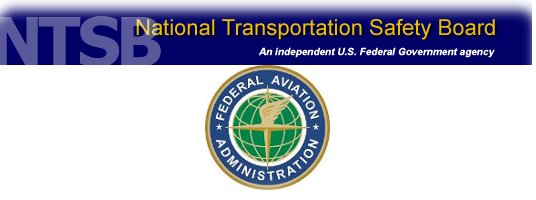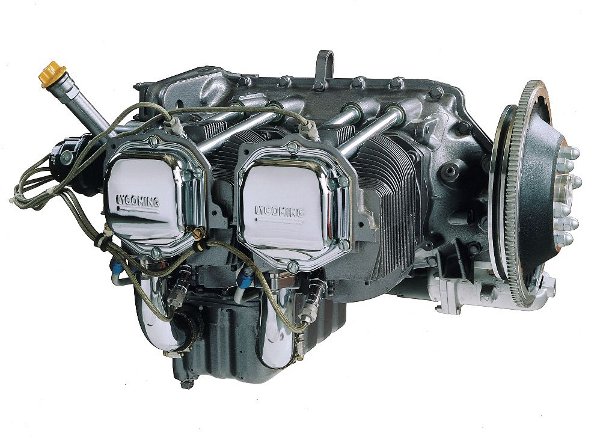BACK TO THE FAMILY OF
FOUR

A little later in the same day after I was told about the crash, the
F.A.A. told us that the pilot of the plane had probably wandered into
cloudy zero visibility
conditions for which he was not certified to fly, and he flew it into
the side of an 11,000 foot mountain east of San Bernardino.
But what about that mistake I made during the job?
The Piper Cherokee 180 came into our facility for a 100 hour inspection
including servicing the engine with a leak down compression check, oil
and filter change and dual magneto synchronization checks in addition
to other visual inspections and aircraft documentation checks. It
was a Saturday, so I was working alone for the day.

The engine was an Avco Lycoming 0-360 A4A, a 360 cubic inch
displacement four cylinder opposed air cooled piston engine of 180
horsepower, naturally aspirated and carbureted. Nothing fancy,
very simple with 8 spark plugs and two magneto ignition systems. (Ironically,
seven years later I would become an aircraft accident investigator
employed by Lycoming.)
While changing the oil in the engine, I had just
replaced the oil filter. Then the phone rang in the hangar and I
answered it. That led to some running around and a little
momentary confusion. When I got
back to the airplane, I finished some other tasks, then started up
the engine for leak tests. About 30 to 40 seconds later I noticed
it! Horror overcame me and I shut down the
engine.
No oil pressure. I had forgotten to put oil in the engine.
My first error was neglecting to put oil in the engine. My second
error was not fixing my eyes on the oil pressure gauge on engine start
like I always do. I thought about
it for a minute, and then I decided that since I had just drained the
oil about an hour prior and it had only run 30 seconds, it was probably
not damaged. "What a dummy!" I thought to myself. No
strange noises came out of it at the time. So I finished the
service, tied up some loose
ends, took the airplane out to the runup area and tested the engine
coming up with normal results in all parameters. I signed off
the airframe and engine logbooks and released
the aircraft for service. I went home, coming back to work to the
bad news.
Even though later in the day we'd gotten a hint of the possibility that
the pilot had probably flown into the side of a mountain while in the
clouds, I lived for 4 days in misery. On the fourth day, the FAA
informed our facility that the accident was a CFIT (controlled flight
into terrain) accident with the engine operating at full 100 percent
climb power setting when it impacted the side of the mountain and that
no mechanical issues were involved.
I had dodged a bullet.
The pilot was probably climbing through a cloud layer in zero
visibility conditions and never even saw the mountain coming at him and
his family. It's easy to do. You can think that the cloud
layer is thin and you'll only be in it for 10 or 20 seconds to pop out
of the top of the layer. This guy must have gone into the
underside of the layer and that was it. Unreal.
I
was not at fault, the pilot was. The FAA and NTSB never even
interviewed me, not once. I haven't thought about that in
a long time. In fact, up until I started looking into some of the
subject matter for this writing, I can't think of the last time I had
ever thought about it. I must have wanted to forget it.
About three years later I made another mistake that cost 100 thousand
dollars in a corporate aircraft turbine engine test fire that was very
much my fault. More about that later.
Now we'll look at some experiences with the MEDA investigation approach.
PAGE FIVE: Experiences with the MEDA Process
BACK to TM page one


